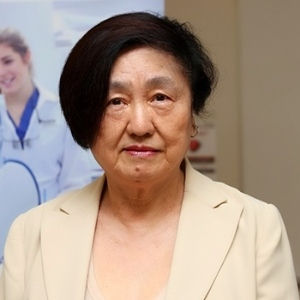Title : Oral Surgical Roles in Cleft Lip & Palate Management
Abstract:
Cleft lip and palate is a common congenital maxillofacial deformity. There is serious tissue defects with loss of maxillary bone segment and tissue displacement involved, affecting both appearance and function. This deformity causes major challenges because of associated problems, i.e. feeding, conduct disorder, high treatment cost, ear infection, hearing loss, language difficulty. The prevalence of cleft lip/palate is extremely high.
With the advancement of science and technology, new surgical techniques and treatments greatly improve the effectiveness of treatment of cleft lip/palate. The current approach to cleft lip and palate treatment include restoration of physical appearance and function, psychological problem, and changes in growth and development. Optimal management utilizing an integrated and collaborative/multidisciplinary approach is particularly important and this collaborative team involves: anesthesiologist, pediatric dentist, orthodontist , speech pathologist, audiologist, feeding nurse, pediatrician , otolaryngologist and the surgical team involve the plastic and oral maxillofacial surgeon.
Cleft lip and palate sequential treatment approaches different growth stages with different therapeutic targets. Neonatal period pursue physical appearance/ functionality; prepubertal period guide dental arch form development and completion of alveolar bone graft; puberty aims at the improvement of function; orthognathic surgery repair takes place following growth and development completion. Following are the roles of Maxillofacial surgeon in the treatment of cleft patients: Performs secondary alveolar bone grafts, combines effort with the orthodontist to correct facial skeletal deformities, augments bone and places implants with the prosthodontist.
This program was initially introduced to China in 1999 through multiple exchange programs with Canada and the US starting at the Guangzhou Children’s Hospital. Later this was followed by Harbin Children’s hospital, Qinghai Children’s Hospital, Beijing Children’s Hospital and the Chongqing University Children’s Hospital. Up to now there has been an impressive treatment load of over 10,000 children at the Guangzhou maternal child health center /Children’s hospital alone.



